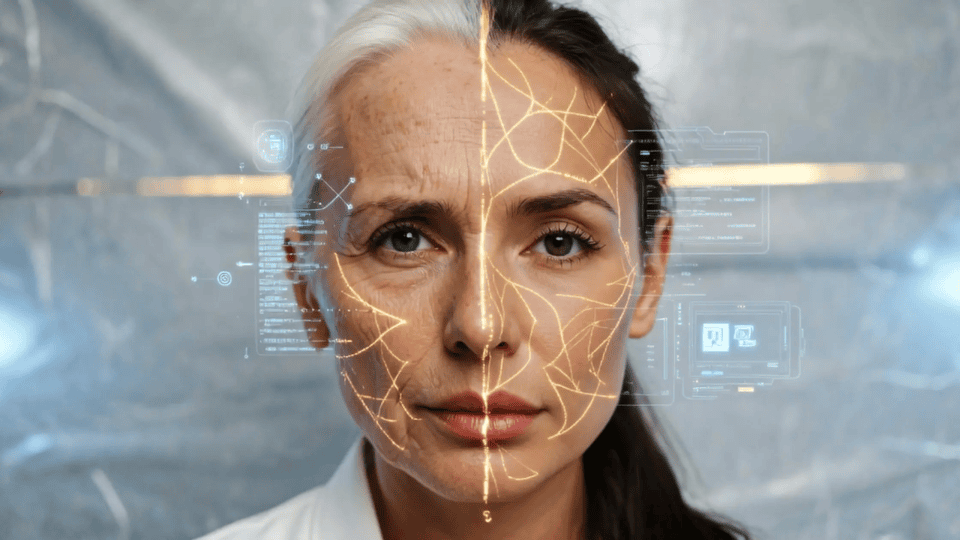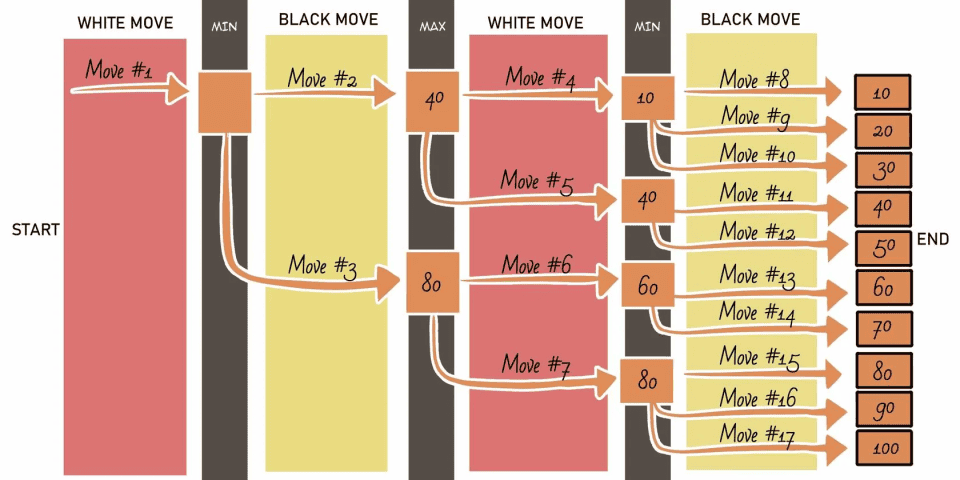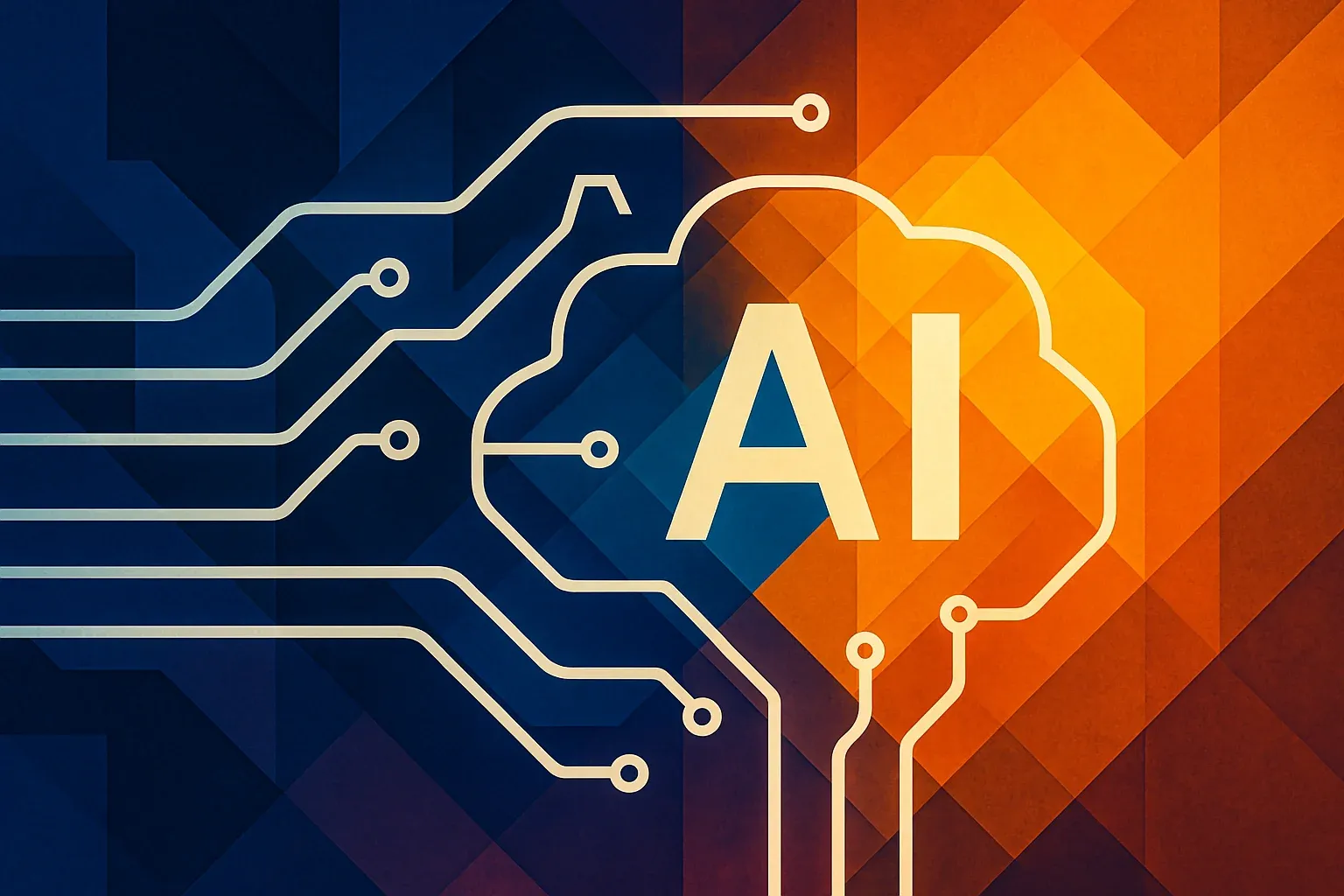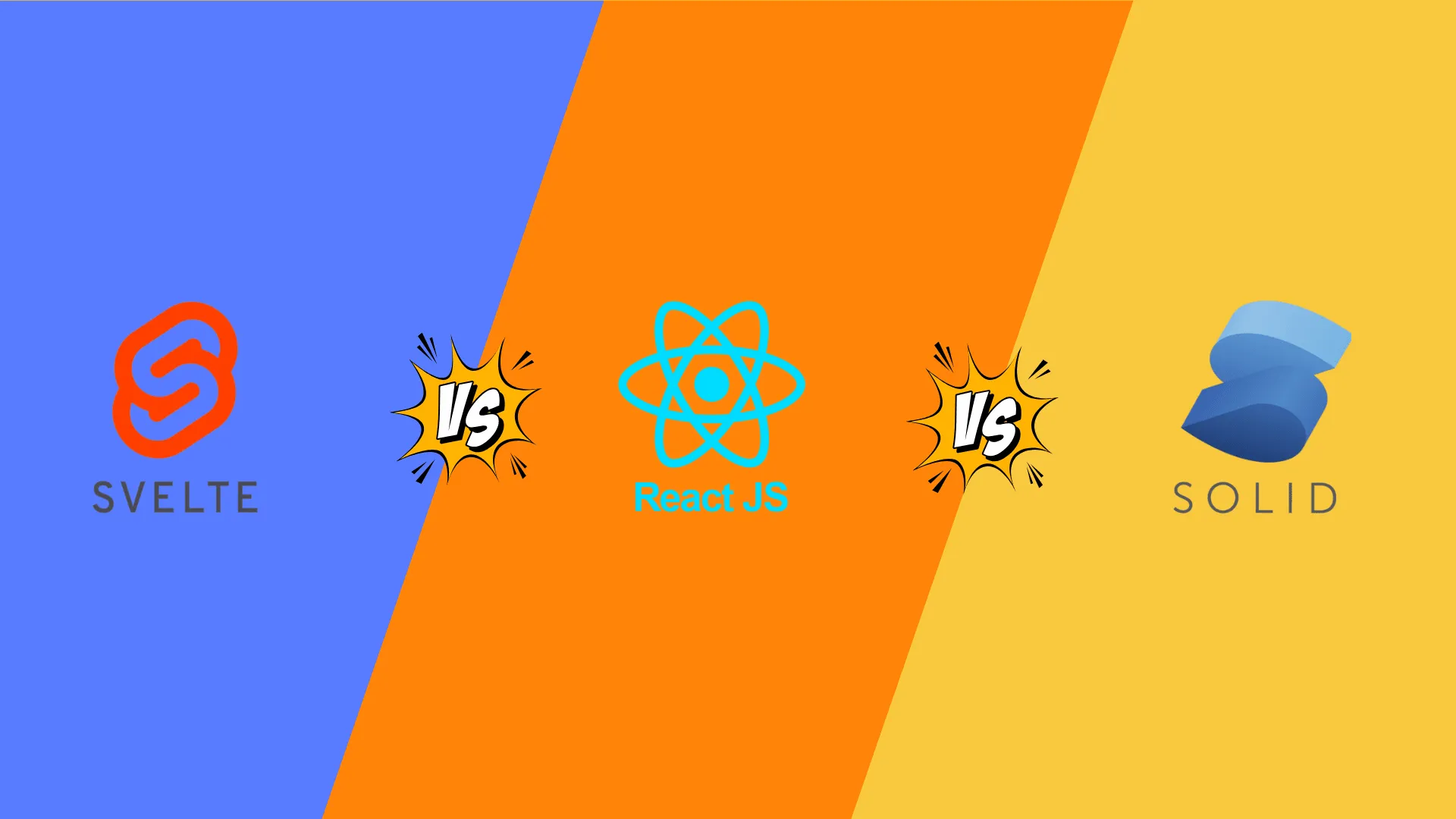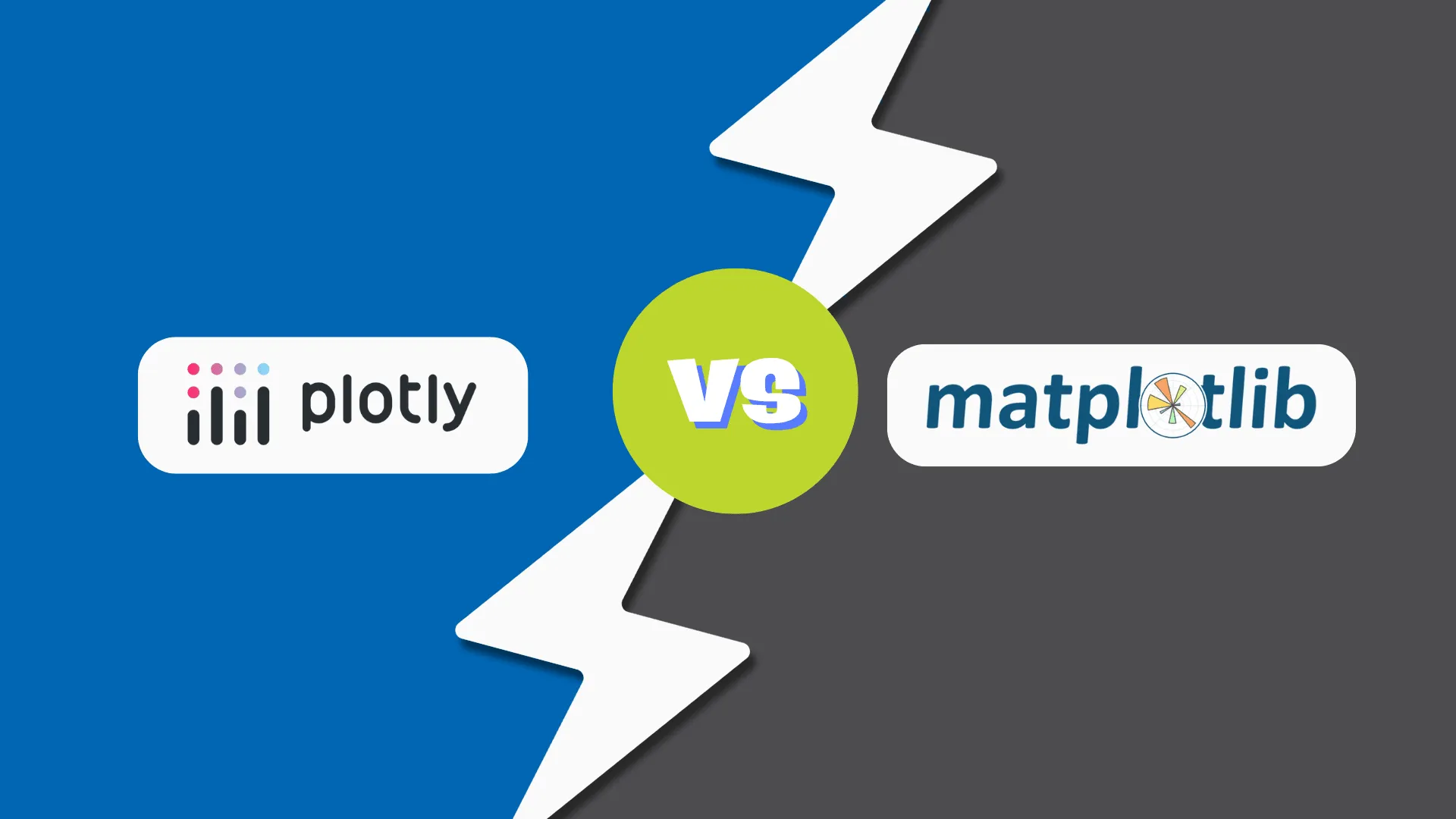Sound pollution is a growing concern in urban and suburban areas worldwide. As cities expand and industrial activities increase, ambient noise levels rise, impacting the quality of life and health of inhabitants. Addressing this challenge requires innovative solutions, and we have developed an innovative solution to empower individuals and communities to monitor and manage sound pollution effectively.
Our sound monitoring device combines advanced technology with user-friendly design, enabling users to easily set up and monitor their environment with minimal effort. Here’s a closer look at the key components and features that make our device stand out.
Easy Setup with Hardware Components
To ensure accurate and reliable performance, we have incorporated advanced yet easy-to-use hardware components:
Precision Microphone Sensor: Our device is equipped with a high-precision sensor that captures even the faintest sounds with remarkable accuracy. This means you get detailed and reliable noise data every time.
Smart Arduino Board: Acting as the device’s brain, the Arduino board processes the incoming sound data and converts it into actionable insights that are easy to interpret.
Seamless WiFi Module: This module ensures smooth and continuous data transmission to our server, so you’re always connected and up-to-date with real-time information.
Reliable Power Supply: A reliable power source ensures that your device remains operational around the clock, providing uninterrupted monitoring of your sound environment.
Robust Software Integration
Complementing the hardware, we have created reliable software to ensure seamless operation and a user-friendly experience:
Advanced Data Processing: The software on the Arduino board translates raw sound data into clear, understandable decibel values, making it easy to track noise levels. Our system is designed to only measure noise intensity, not record any audio, ensuring your privacy is protected.
Real-time Data Transmission: Processed data is sent to our server in real time, providing you with the most current information available.
User Interface: Our web-based application offers an intuitive platform where you can effortlessly monitor and manage your sound environment.
Visualizing Noise Levels on a Global Scale
The core of our solution is a sophisticated web application that visualizes noise data on a world map, using heat spots to indicate areas with varying levels of sound pollution. This intuitive visualization allows users to quickly identify and analyze noise pollution patterns, fostering informed decision-making and proactive noise management.
Key Features of Our Web Application
Interactive Map: Users can explore noise levels across different regions, zooming in on specific areas to get detailed information.
Heat Spots: Our color-coded heat spots provide a clear visual representation of noise intensity, helping you quickly identify areas with high and low noise levels.
Real-time Updates: The map is continuously updated with the latest data from our monitoring devices, providing you with the latest information.
Empowering Communities to Take Action
Our innovative monitoring device and real-time decibel mapping application are designed to empower individuals and communities to take control of their sound environment. By providing accurate, real-time data and intuitive visualization tools, we make it easier than ever to monitor and manage sound pollution effectively.
Practical Applications
Urban Planning: Provide city planners with the data they need to design quieter urban spaces, implementing noise reduction measures where they’re most needed.
Health and Well-being: Aid health researchers in studying the impact of noise pollution on public health, leading to strategies and policies aimed at mitigating its effects.
Community Awareness: Enable residents and community groups to track local noise levels, raising awareness and advocating for noise reduction initiatives in their neighborhoods.
Addressing sound pollution is essential for improving the quality of life in our communities. Our innovative monitoring device by combining advanced hardware with intuitive software, empowers individuals and organizations to effectively track and manage noise levels.
We are committed to advancing environmental quality and fostering healthier, quieter spaces. Ready to take control of sound pollution? Discover how our advanced solutions can make a difference and join us in our mission to improve environmental quality. To learn more about our innovative solutions and how you can get involved, reach out to Random Walk today.

